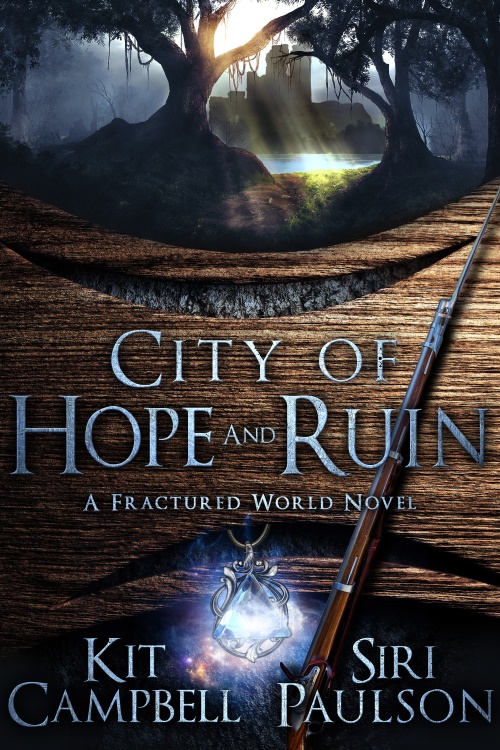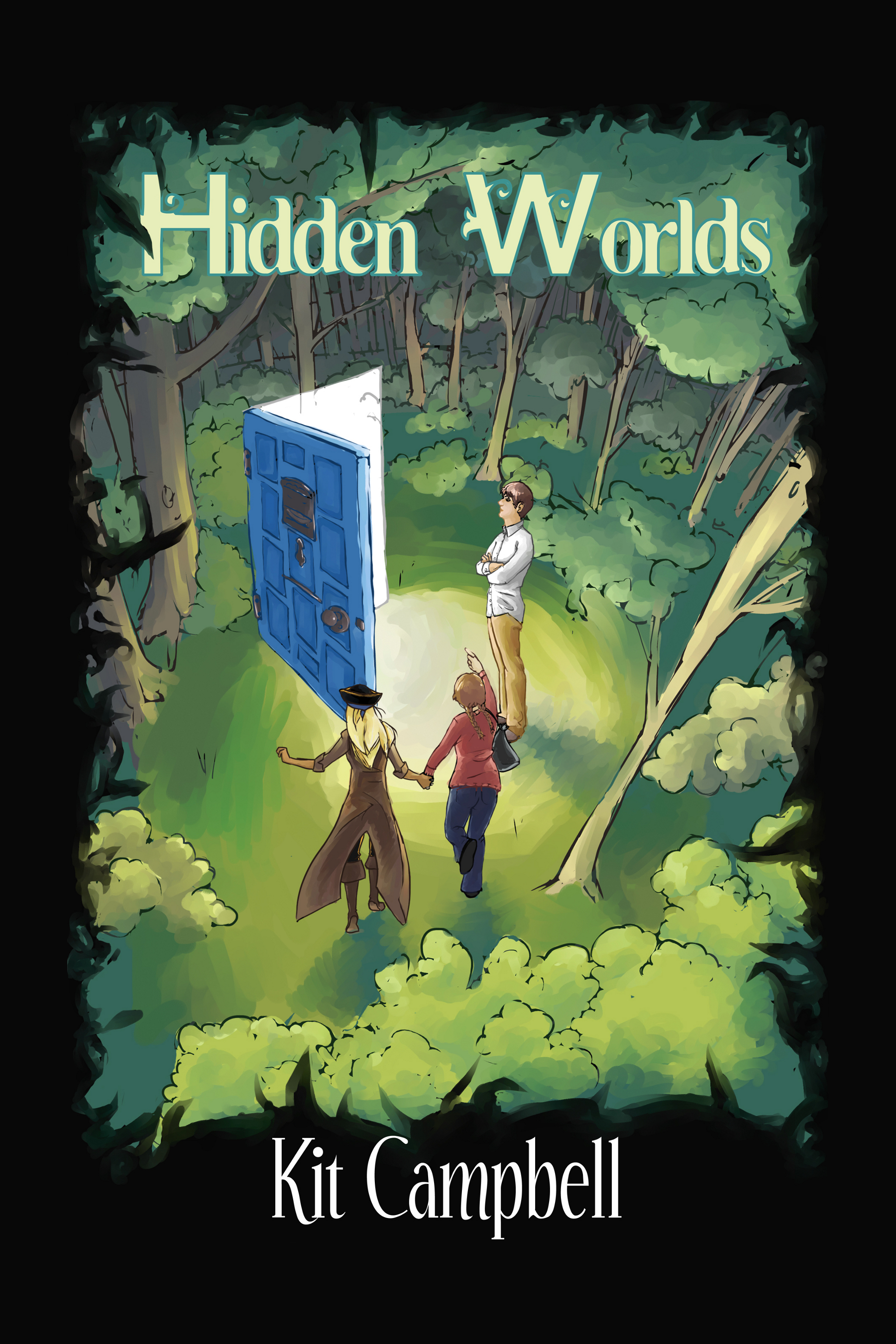Back to it, squiders!
Also, a reminder that we’ll discuss Dream Thief by Stephen R. Lawhead next Thursday, if you’re planning on reading that along with me. (Have you been reading it? Once again we have a future where all the scientists are men and who knows what the women are doing with themselves. It’s pretty sad in ’60s-era scifi, but this is mid ’80s and he should know better.)
(Also, I kind of want to punch the main character in the face, but we’ll get to that next week.)
Today we’re going to talk about issues with pacing and plot flow. Pacing is the speed of your story, and everything affects it, from how often you hit your plot points to your dialogue, your description, and even the length of your sentences. Plot flow is related, but is essentially the order your plot happens in and whether or not things make sense.
Have you ever read a book where you realize you’re halfway through and nothing’s happened? Or where things happen so quickly you’re exhausted just thinking about it? These are pacing issues.
The range of what is acceptable for pacing varies widely, with some genres tending to be faster (a lot of thrillers, for example) and others slower (romance). Some readers are willing to accept a slower or faster story pace than general as well, so you may find that some of your readers are fine with your pace while others are yelling at the book.
Pacing is a hard thing to work on. To some extent it’s instinctual, and it can help to read books to use as an example. Personally, I’ve found that the best way to get pacing to work better is to make sure you’re hitting key plot points when you’re supposed to. Too spread out, or lacking them early in the book, and your pacing is too slow. Too close together or bunched in weird places, and you get other problems.
Plot flow is directly related to pacing in that if your flow is messed up, your pacing is probably also messed up, and vice versa. If you have five things happen within a chapter and then another five chapters pass before anything else of note occurs, well.
But plot flow issues can also include what’s happening, and in what order. Is your character learning things before they should? Are they doing things and then doing them again because you forgot they’ve already been there, done that? Are you skipping key scenes that will help explain what’s happening? Are you forcing things to happen because you feel like they have to, not because they flow organically?
Plot flow issues can be hard to see while you’re writing as well. Some are obvious, such as when you get your character into a situation with no way out except some deus ex machina that stretches disbelief. But it might not be until you start getting feedback from your betas that you realize that you never showed your characters falling in love.
Perhaps the best way to avoid plot flow issues is to outline. If you know how your story is supposed to go, and what steps you need to go through to get there, it’s harder for things to sneak in (or get left out).
(See posts about outlining for more information on the subject.)
Thoughts about pacing and plot flow, Squiders?
Another nonfic post on Tuesday, and then the Dream Thief on Thursday. I hope everyone has a lovely weekend!



